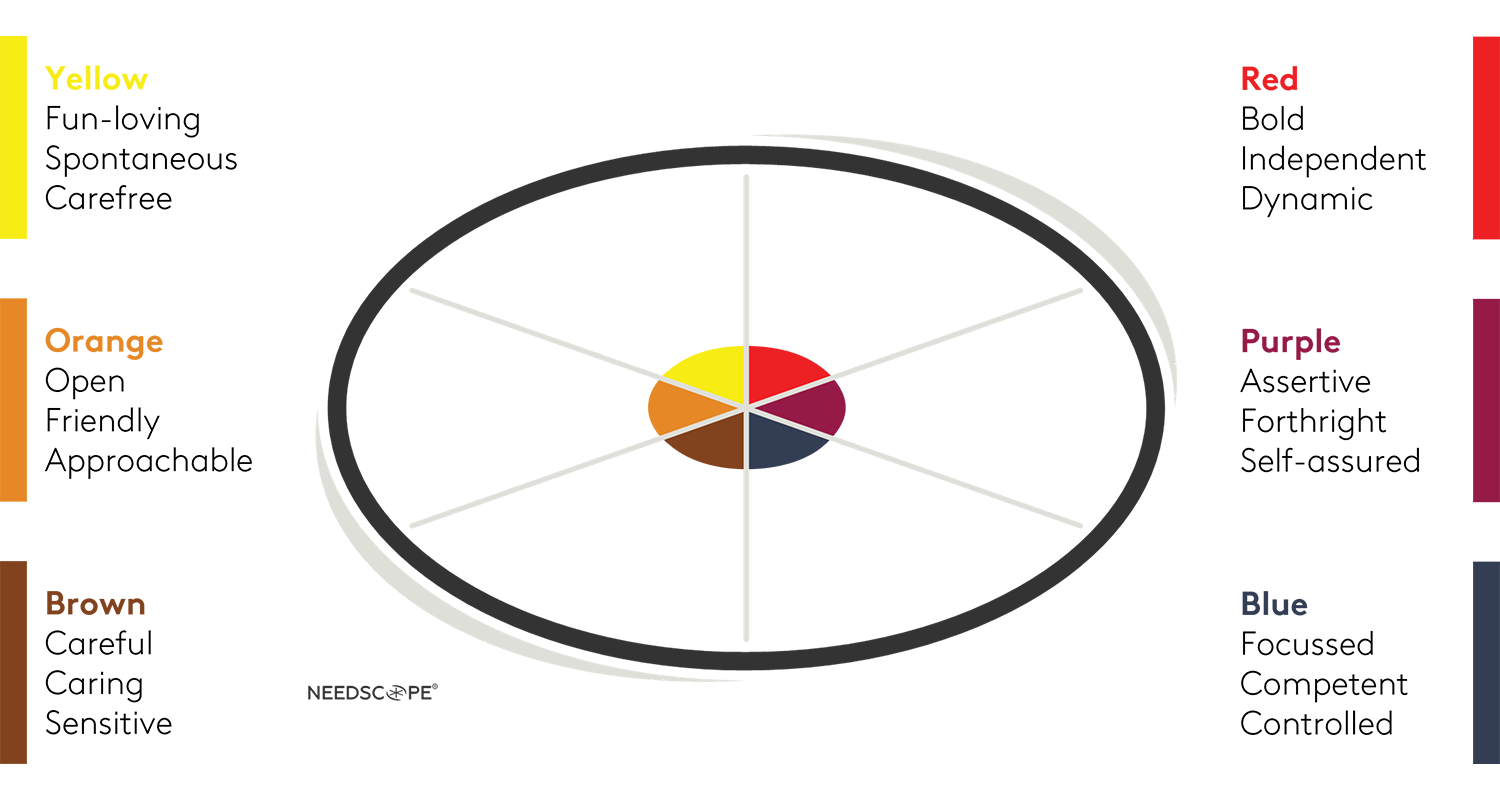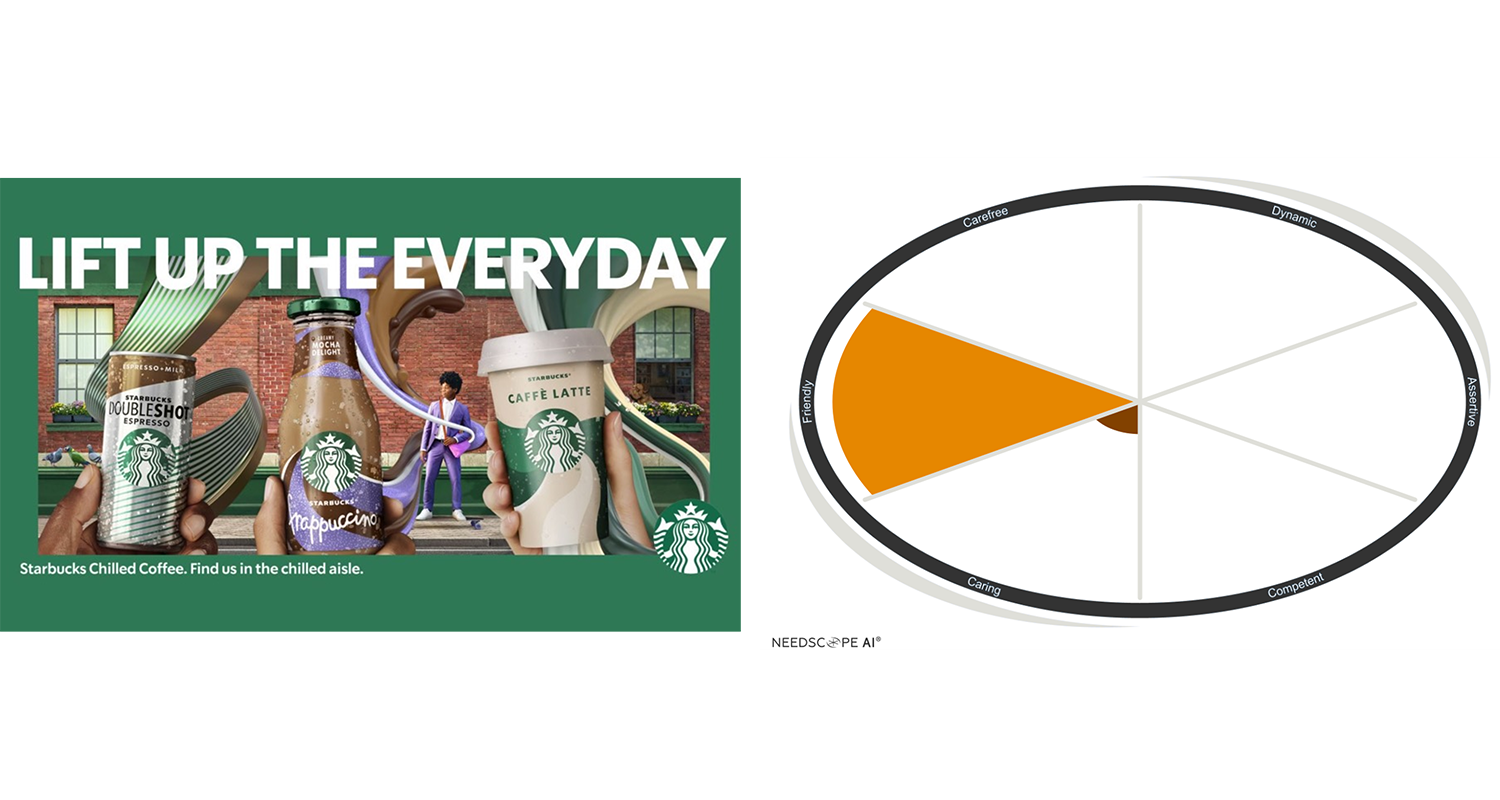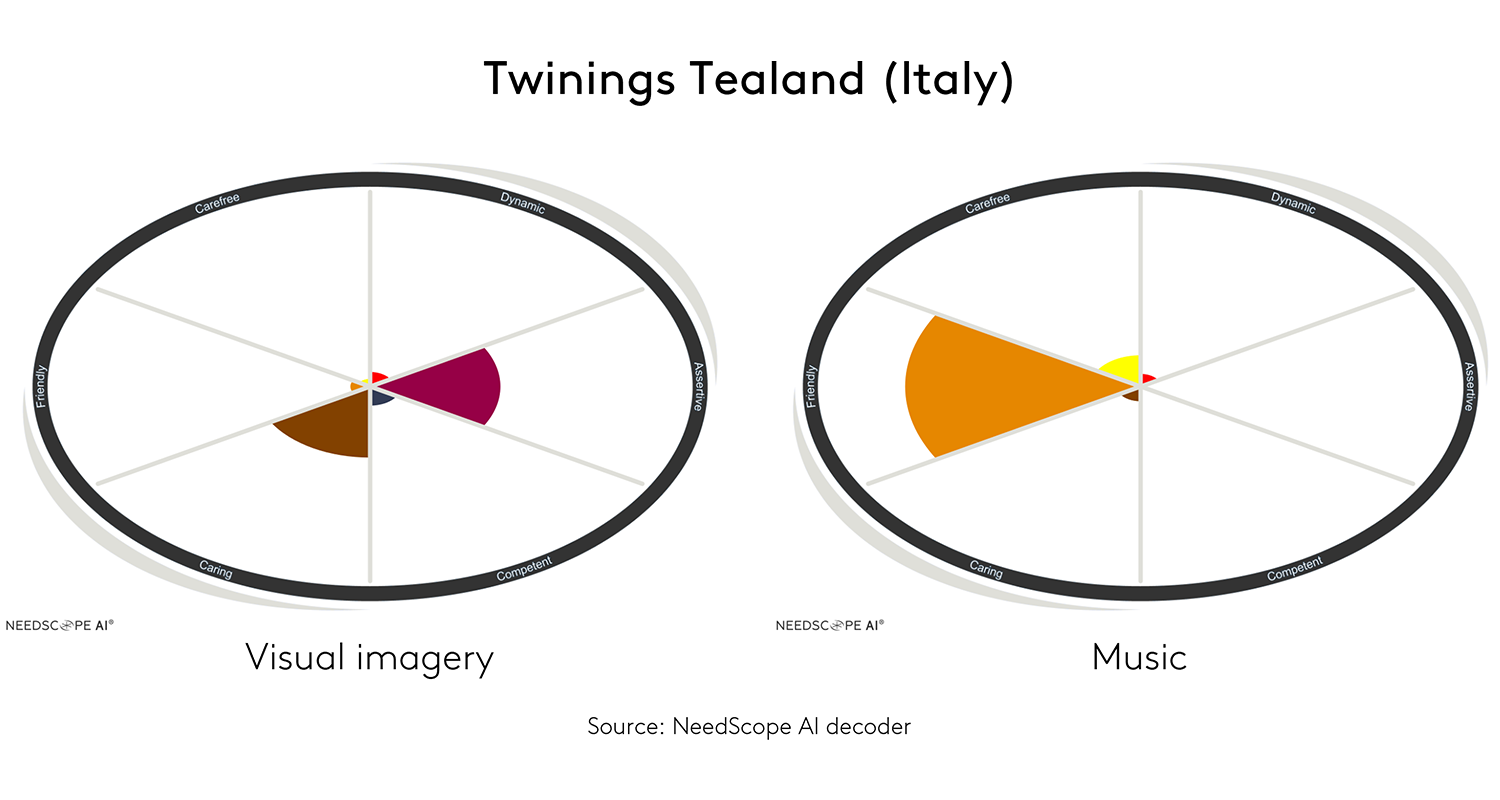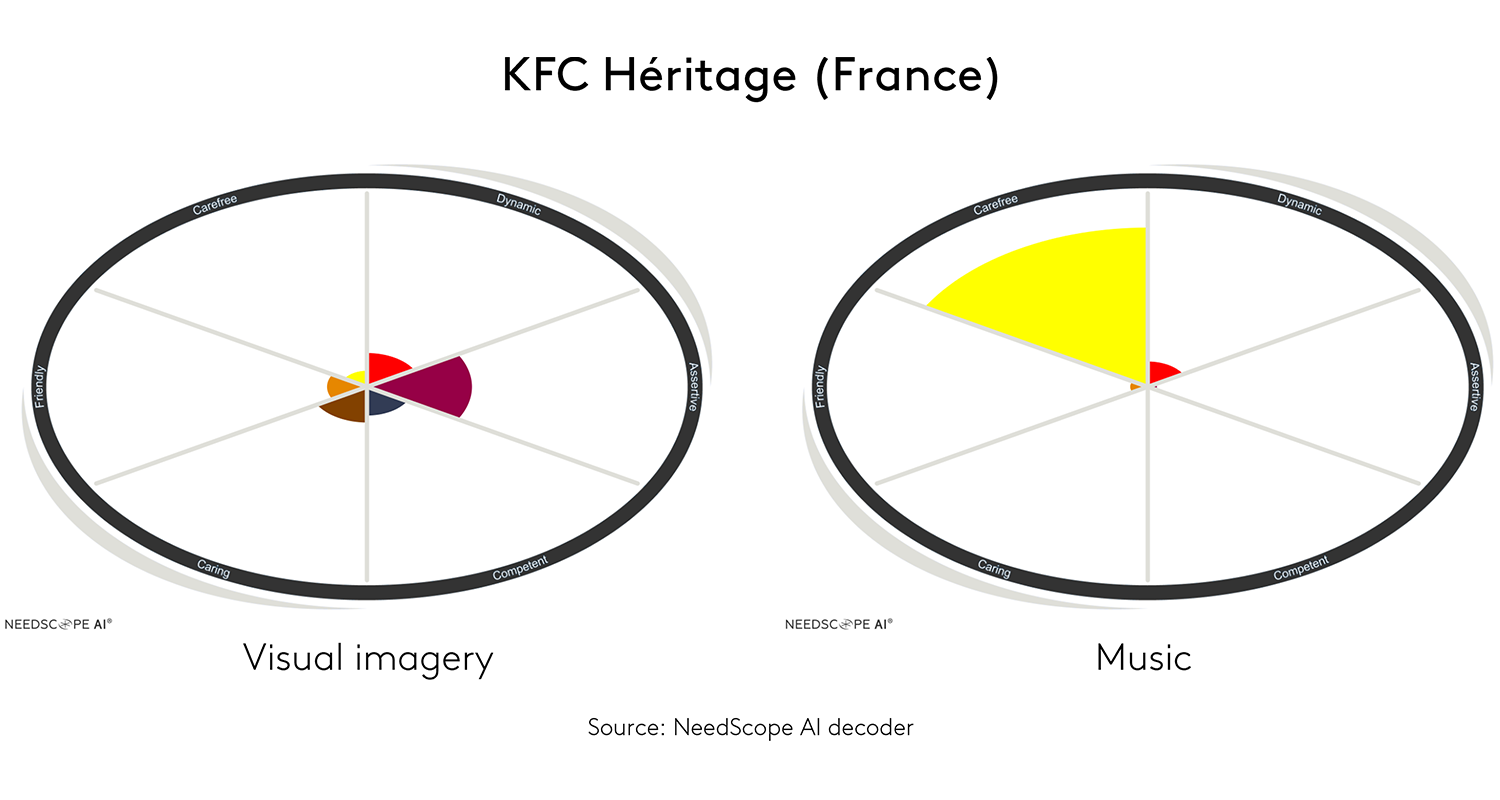Kantar’s Creative Effective Awards give us the opportunity to put the spotlight on the role of emotion in effective advertising. One of the five themes amongst our 2023 winners, ‘touch my soul’, highlights how emotions play a strong role in making ads memorable. Music plays a key role in delivering emotive clarity, aiding the power of storytelling in these winning ads. And consistent tonality in campaigns ensures these successful ads contribute to long-term brand building.
Emotion builds engagement
The benefits of engaging consumers emotionally in advertising are well accepted. By tapping into emotions or feelings, brands can harness powerful desires through the stories told in ads. In this way, we might think of emotion in terms of ‘evocation’ or the emotional reaction to an ad. There are many powerful tools such as facial coding that help reveal this dimension in what is often called ‘emotional advertising’. Most of our Creative Effective Award winners, if not all, use emotion well.
Emotion also helps build brands
Emotion is also widely used in brand strategy. From a brand positioning perspective, the kind of emotion we’re interested in is subconscious emotion. These are the deep-seated drives based on how our brains are wired to make decisions. Neuroscience shows that our brain operates with two different processes when making choices. Type 1 (or System 1), the fast brain, drives most of these decisions through emotion and intuition. Type 2 consciously rationalises Type 1 decisions but is slower and more resource intensive. Powerful brands, those to which consumers are highly predisposed, tap deep into these emotive needs that consumers themselves often aren’t even conscious of.
To understand emotion in these terms, we use our NeedScope framework based on universal emotion and six emotive spaces to provide the basis for brand positioning territories.
NeedScope’s six emotive spaces

From strategy to execution
This emotional framework not only applies to brand positioning but also execution. The NeedScope AI Decoder tool (based on machine learning) uses the same framework and emotive dimensions to explore the tonality present in advertising. This helps us understand what specific tonal cues dial the emotion we see in ads and whether these elements work cohesively together and with clarity. To illustrate, here we see the winning Starbucks UK chilled coffee ad (#1 Print/Outdoor) through the decoder.
Starbucks Chilled Coffee

The friendly inviting composition of this ad conveys a sense of relaxed inclusivity (in orange), appropriate for a sociable coffee brand like Starbucks.
Whilst ads might have more than one emotion, cohesive ads skew toward a dominant emotion and might also draw from an adjacent emotion in the model too. To maximise investment, brand owners should develop advertising that delivers to a common emotion consistently over time. In this way, the advertising supports a consistent position for the brand.
In practice, this type of emotive clarity is difficult to achieve. This is particularly the case for video ads which often contain complex visual, audio and text arrangements to engage viewers. Storytelling is the art of creating tensions and contrasts to take viewers on a journey using a range of emotions. So it is more common to see a wider range of visual cues being used to do this job. But through this journey, an ad may end up lacking the emotive clarity we want for brand-building purposes. With video ads we want to ensure there is a net effect overall with the emotive delivery. This overall delivery may come through elements in the ad other than visual cues.
Music as an emotional grounding force
Recent research shows how sound favourably enhances video viewing experiences. In many ways this makes sense. Try turning the music down when you watch your favourite movie. The emotional impact is instantly blunted. Other research shows that music alone could evoke 13 distinct feelings across cultures. So, music is critical to emotional delivery, even though we might think of video as a visual medium. Therefore, music as an element in creative execution must be thought through and work towards the intended message and emotional delivery.
By looking at award-winning campaigns more deeply we see a powerful balance struck where an ad uses a range of visual cues to tell a good story, and the music grounds the ad with emotive clarity. To illustrate, here are two winning Creative Effectiveness Awards video ad examples examined using the NeedScope AI decoder – decoding the emotion in the visual and music elements. These are considered alongside the overall emotion that the ad delivers.
Twinings Tealand (Italy) – YouTube
This ad (#2 in Digital/Social) uses emotion well, delivering a gentle, light-hearted ‘otherworldly’ ethereal feel. Overall the ad delivers to Orange emotion with elements of Brown. Looking at the visual imagery in the ad is a mix of Brown (careful, caring, sensitive) and Purple (assertive, forthright and self-assured) emotions – the formal premium tea party situation cues Purple but doesn’t overshadow the ad. In this case, the music does the strongest job of delivering the warm, inviting and relaxed vibe (Orange) for the ad overall, complementing the imagery and supporting the ‘Alice in Wonderland’ fairy tale feeling (which plays well to the Brown space as an idea).
Emotional delivery: primarily Orange with complimentary Brown themes

KFC Héritage (France)
By contrast this KFC ad (#1 in TV) tells a more complex story, one that could easily lack emotive clarity. The copy aims to highlight the brand heritage by taking the consumer back to the brand’s origin era, while also showing it remains current through the choice of music which creates a fun contrast. We see this reflected in the emotive spaces it taps into. Visually the tonality is more ambiguous with lots of contrasts and a dark, moody, urban edge (Red/Purple) – it’s a fully immersive experience that draws the viewer in. But the music brings the fun and light-hearted, quirky dynamic in Yellow that makes the ad so appealing, and helps it deliver strongly to Yellow overall with a Red/Purple edge.
Emotional delivery: Primarily Yellow with complimentary Red/Purple

In both cases it is the music that does the heavy lifting – to make these ads deliver to a clear emotive territory overall.
Consistent tonality is important
Going forward, the opportunity in both cases is at the brand level. Any future campaigns should seek to build on this success through emotion. Whilst future campaigns will tell different stories with different messages, they should use consistent tonality to build a powerful long-term positioning for their brands.
Ultimately these award-winning ads remind us of the power of emotion in advertising. But even more so, they show how critical music selection is to not only tell an engaging story but to deliver the right kind of emotion for the ad. Music adds the emotive clarity and the cohesion necessary to tell a complex story and resonate with viewers, meeting their deeper-seated emotive needs.
Find out more about our Kantar Creative Effectiveness Awards winners and have a look at the NeedScope AI music whitepaper. And get in touch to discuss how to choose impactful music for your ads that connect with your brand ambition.


